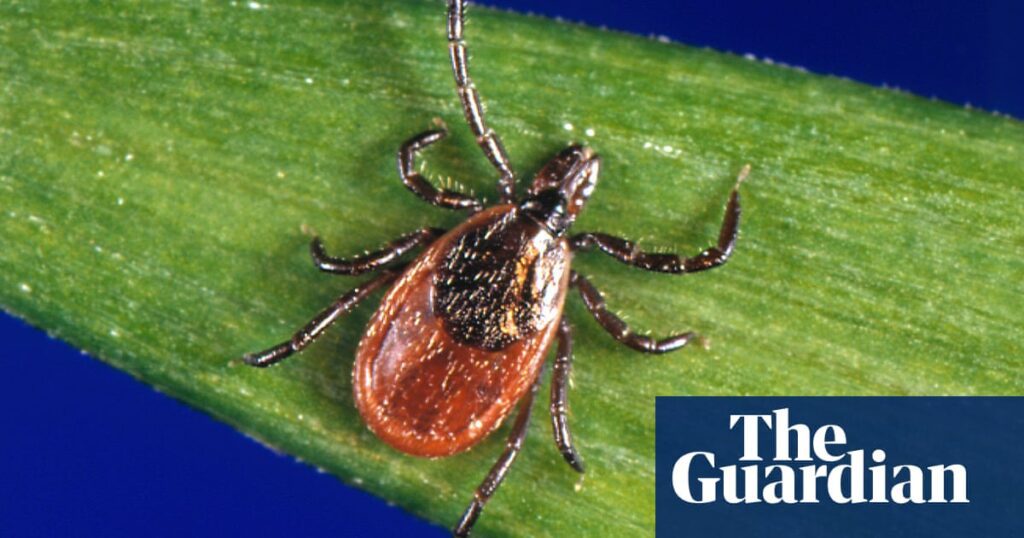The article discusses the rising prevalence of black-legged mites in the U.S., particularly concerning their role in transmitting Lyme disease. Data reveals a significant increase in these mites compared to previous years, with the Fordham Tick Index indicating a peak risk level in late June 2023. Despite the rise in tick populations and Lyme disease cases, experts advise against panic, emphasizing the importance of caution rather than avoidance of outdoor activities.
Climate change is considered a contributing factor to the spread of these mites, which have expanded significantly over the last two decades. While there has been an increase in emergency room visits due to tick bites, not all cases lead to Lyme disease. Symptoms of Lyme can include rashes, fever, and joint pain, among others.
Experts recommend preventative measures such as wearing light-colored clothing, using insect repellent, and regularly checking for ticks after outdoor activities. If a tick is found attached to the skin, proper removal techniques are important to reduce disease risk. Submitting tick photos to health organizations can help assess risk levels and ensure appropriate treatment, as unnecessary antibiotic prescriptions can disrupt gut health if not warranted.
Overall, while tick populations are rising, outdoor enthusiasts are encouraged to take necessary precautions and enjoy nature safely.
Source link


